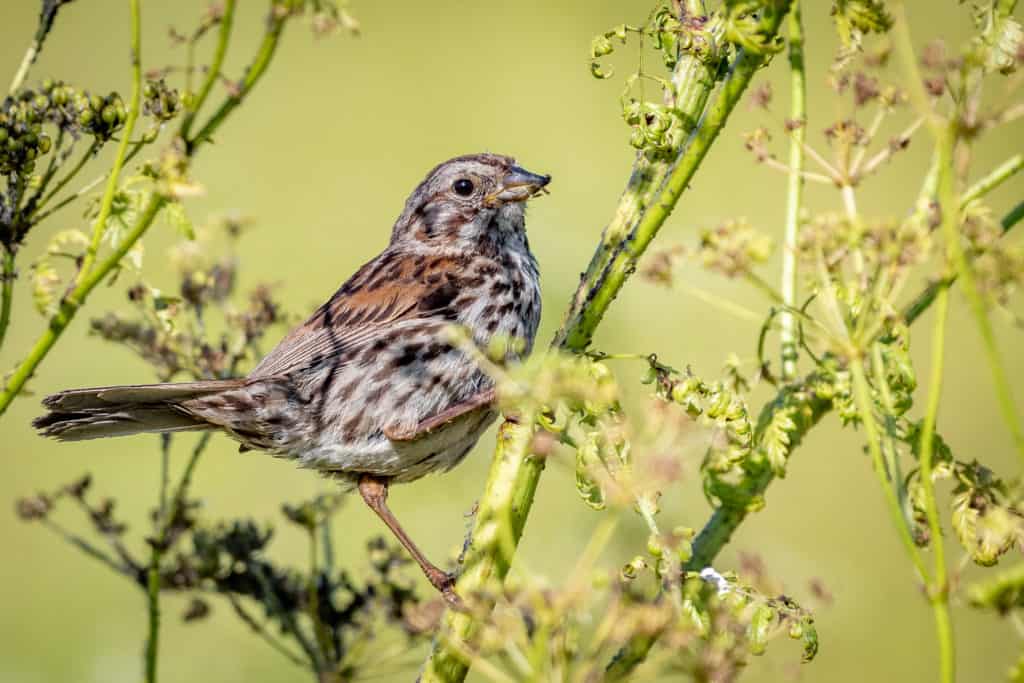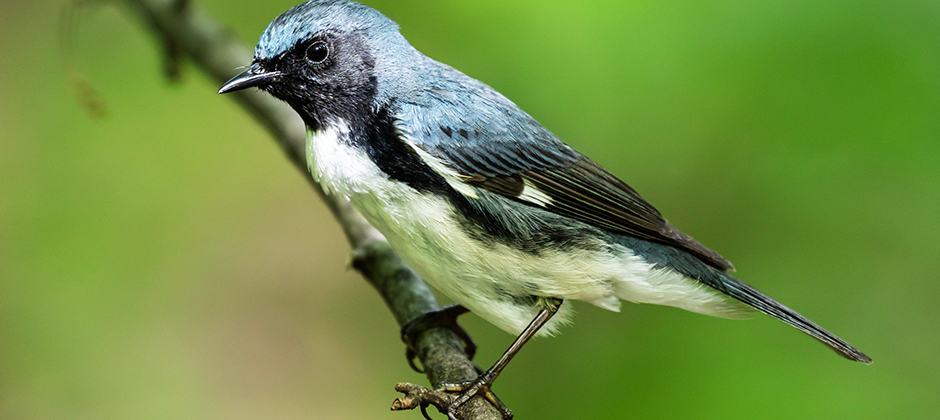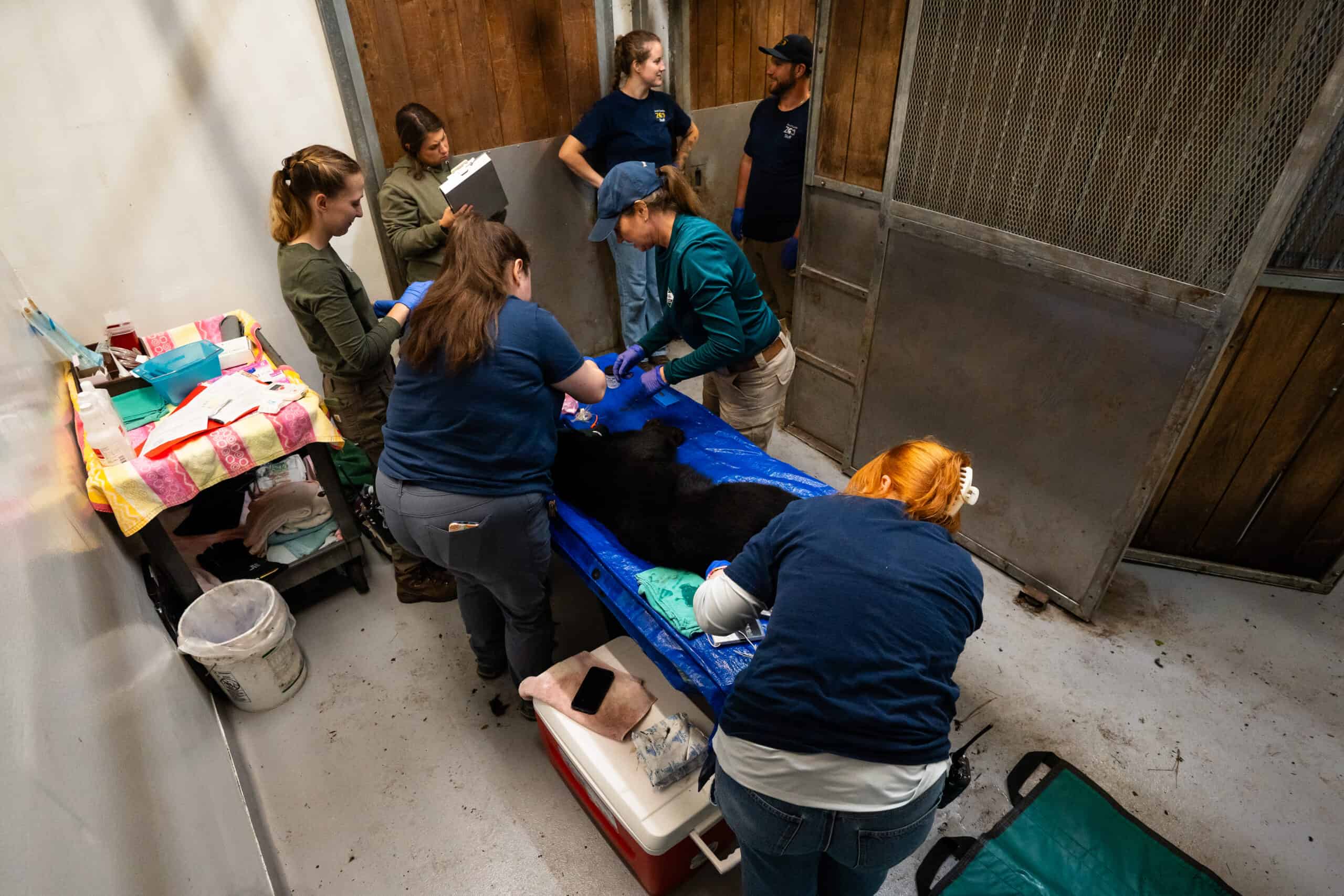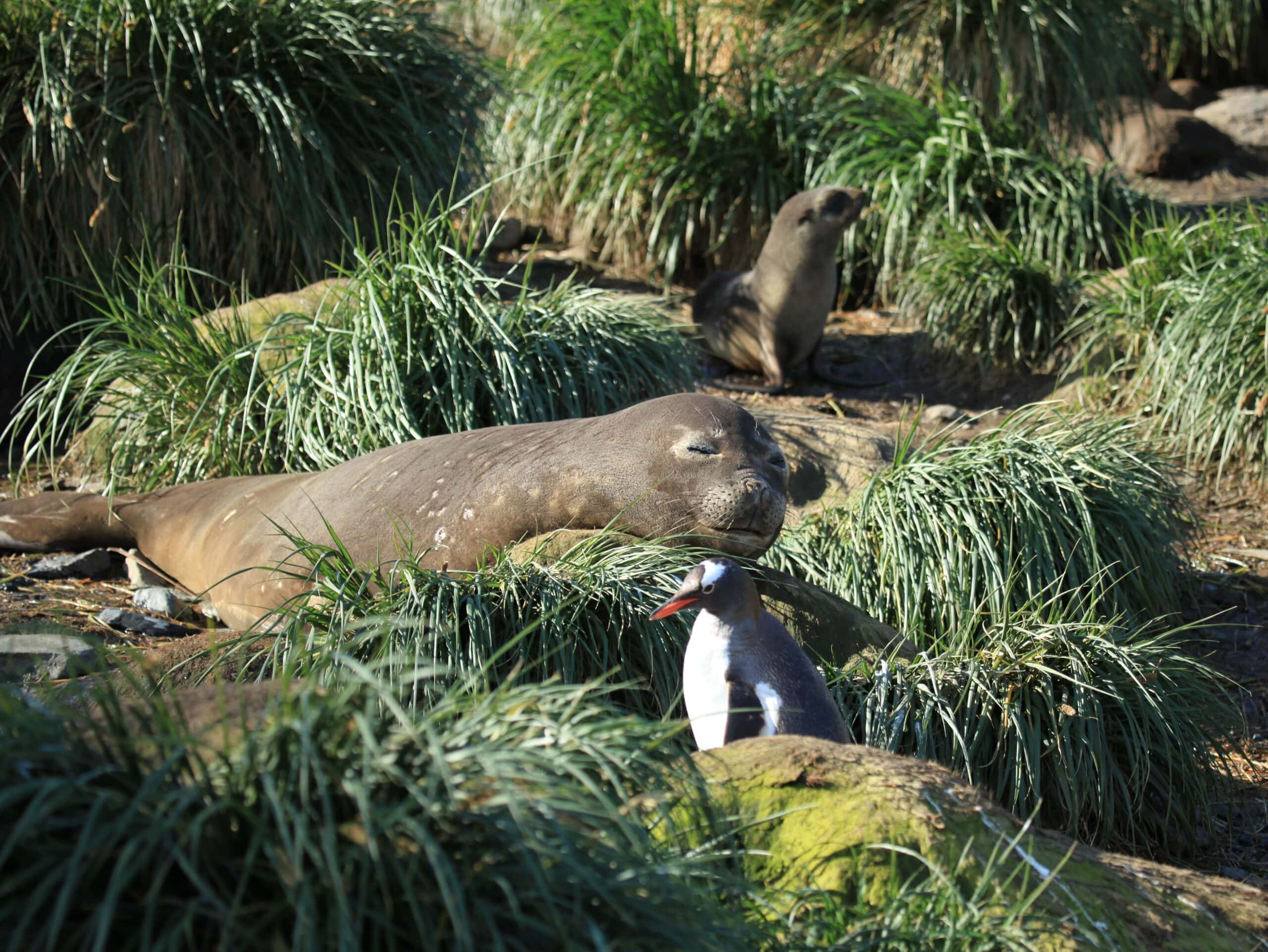Share this article
Brainier birds deal better with climate change
When researchers in Chicago studied museum specimens of birds that died from window strikes, they discovered a trend. Since the 1970s, a warming climate was causing many species of birds to decrease in size. But it didn’t happen to every species, and the biologists couldn’t find a pattern.
“I was really struck by how the decreases in body size were not completely homogeneous. They were varied across species,” said Justin Baldwin, a PhD candidate at Washington University in St. Louis. “There’s some species that were decreasing a lot and others that were decreasing less.”
Baldwin wondered if it had something to do with the species’ brain sizes. Brain size is an important variable in understanding birds’ capacity for behavioral flexibility, he said. Larger-brained birds survive better in the wild, live longer and put more time and energy in raising their young. “That kind of drew us to think that perhaps having a big brain relative to their bodies might help them in dealing with this rapidly changing climate,” he said.
Baldwin led a study published in Ecology Letters to find out. Using the data collected in the original study from museum specimens at the Field Museum in Chicago, the biologists in Carlos Botero’s laboratory at Washington University measured the average brain size of bird species in relation to their body sizes. They used statistical models to see how warming temperatures in the areas where birds breed caused birds to shrink.
They found birds with larger brains relative to their body size didn’t shrink as much as their smaller-brained counterparts, given the same amount of warming. Sparrows, for example, despite their small size, had the largest relative brain size, more than twice that of the Swainson’s thrush’s (Catharus ustulatus). “The difference in relative brain size between those two species was enough to reduce their responsiveness to changes in the environment by about 70%,” he said.

Song sparrows (Melospiza melodia) tended to have larger brain sizes, helping them cope with climate change. Credit: Becky Matsubara
Baldwin thinks larger brains might mean enhanced cognition, helping the birds deal with climate warming in ways like finding cooler microhabitats. Smaller-brained birds, like warblers, may be less able to do so and their bodies may face heat stress or other factors that cause their bodies to decline.
That could be a problem for species that already face other threats, like habitat loss, collisions with windows and predation by cats. “Since the 1970s, 3 billion birds have been lost,” Baldwin said. “We’re living in this new period of rapid global extinction.”
If warming temperatures are adding to that mortality, some of those smaller brained species may be more in danger.
“I do think it is important that at large, we continue to understand how species are responding to manmade climate change,” he said. “As we discover new things and new trends, we add to the body of knowledge that practitioners and conservationists in the future or in the present might consider evaluating and drawing upon as they make their very complicated choices about how to best manage populations.”
Header Image: Black-throated blue warblers (Setophaga caerulescens) have relatively small brains, and their bodies have shrunk with climate warming. Credit: Ryan Mandelbaum








